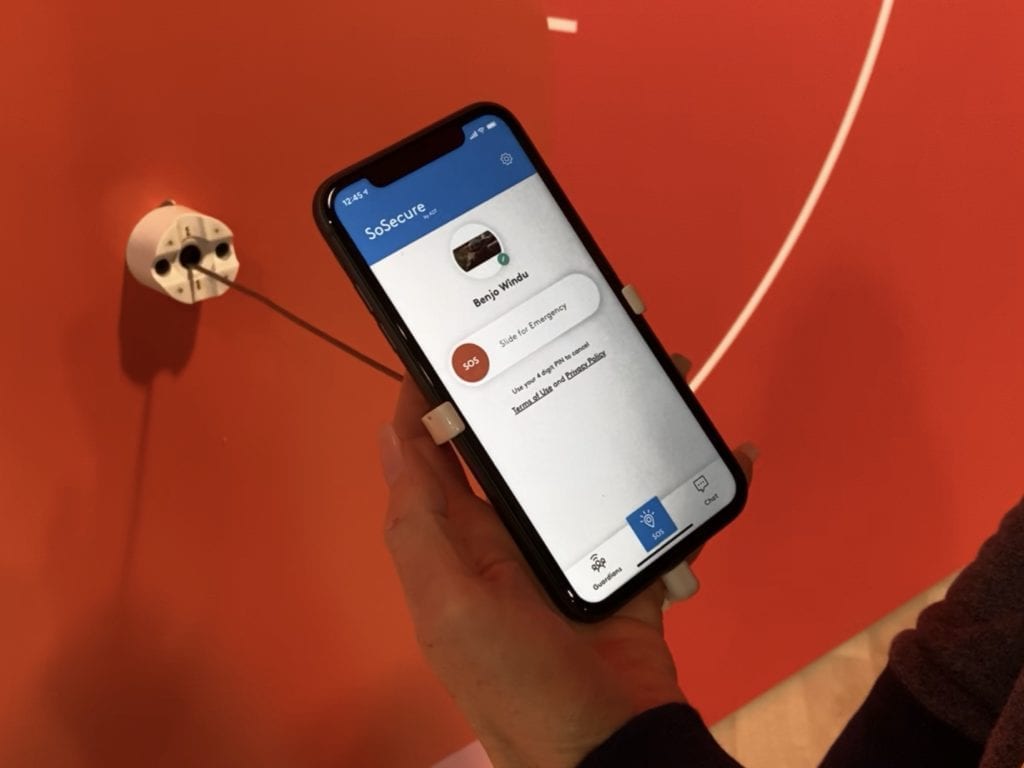ADT remains the largest U.S. provider of professionally monitored residential security in 2025, according to its latest filings, and today it spans both professionally installed systems and a DIY path—grounding its leadership in the home security market. ADT’s current lineup centers on pro-installed ADT Smart Home/ADT+ and the DIY “ADT Self Setup,” which uses Google Nest devices and is managed in the ADT+ app (ADT filings; ADT Self Setup; ADT press release). Recent category trends emphasize AI-assisted alarm verification and standardized scoring to cut false dispatches (ANSI/TMA‑AVS‑01), stronger privacy and security labeling for connected devices (U.S. Cyber Trust Mark), and growing interoperability via Matter/Thread—though cameras are still outside Matter’s published spec as of 1.4 (Matter 1.4). For camera-heavy homes, next‑gen Wi‑Fi improves reliability and video performance (Wi‑Fi 7); ADT’s ADT+/Nest approach aligns with these shifts by pairing Google’s video devices with ADT monitoring and app control.
Blue by ADT began as ADT’s DIY brand in 2020 following the 2019 LifeShield acquisition, but it’s no longer marketed or sold to new customers; ADT now directs DIY buyers to ADT Self Setup, introduced in 2023, which integrates Google Nest video devices inside the ADT+ app (launch coverage; ADT announcement; ADT Self Setup). Monitoring for ADT Self Setup is month‑to‑month and commonly starts around $24.99 per month (PCMag review), while cloud video history for Nest cameras is provided by Google’s Nest Aware subscriptions at $8–$15 per home per month (Nest Aware pricing). For professionally installed ADT systems, published consumer benchmarks indicate monitoring typically starts around $45.99 per month, with video tiers higher; standard professional installation often runs about $99–$199, equipment is custom‑quoted or financed, and contracts commonly require a 36‑month term with an early termination fee equal to 75% of remaining monthly charges (pricing overview; ADT terms). ADT services and installations are available nationwide, and Self Setup ships across the U.S. (ADT locations).

Existing LifeShield/Blue customers remain supported through a dedicated Blue by ADT help center and the legacy Blue app; ADT’s support materials confirm Blue’s ongoing support status while guiding new DIY prospects to ADT Self Setup and the ADT+ app (Blue by ADT Support; Blue FAQ; ADT Self Setup). Consumer feedback on Blue historically praised easy DIY installation and no‑contract flexibility but frequently cited app reliability and limited third‑party integrations as pain points—context for ADT’s Nest‑centric pivot with ADT+ (PCMag on Blue; PCMag on Self Setup).
For on‑the‑go protection, ADT offers Safe by ADT—an embeddable mobile safety platform that connects users to ADT’s monitoring agents who can coordinate with emergency services and share real‑time location details. Lyft continues to present “Emergency Help, powered by ADT” in its Safety Center, enabling riders and drivers to discreetly reach an agent who can escalate to 911 and share trip details; similar ADT integrations power safety tools on other platforms such as DoorDash’s SafeDash (Lyft Safety; Safe by ADT; DoorDash SafeDash; initial partnership coverage).

When activated, users can speak or text with an ADT agent who can stay on the line, share precise location and trip details with 911 if escalation is needed, and notify emergency contacts where supported—providing a discreet alternative to calling 911 directly (Lyft Safety; Safe by ADT). Public, partner‑level effectiveness metrics (for example, number of activations, average time‑to‑connect, or outcomes specific to ADT escalations) are not currently published; Lyft’s most recent Safety Report offers overall incident context but does not isolate the impact of the ADT integration.
As of 2025, Emergency Help remains part of Lyft’s U.S. app experience and Safe by ADT continues to be offered to partners across transportation and delivery use cases; Lyft has not indicated a separate user fee for accessing the ADT‑powered tool, and commercial terms are not disclosed publicly (Lyft Safety; Safe by ADT). We’ll update this page if partners publish verified KPIs (e.g., response times, escalation rates) quantifying outcomes from ADT‑assisted interventions.




